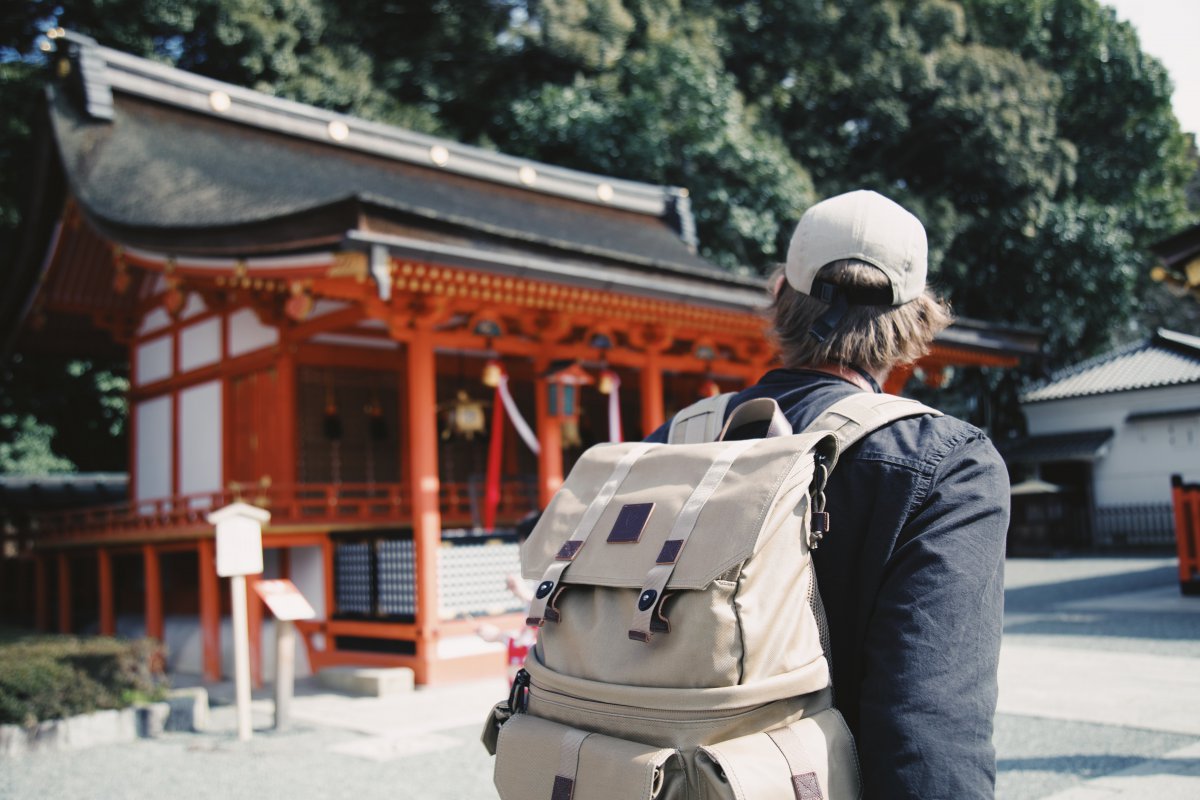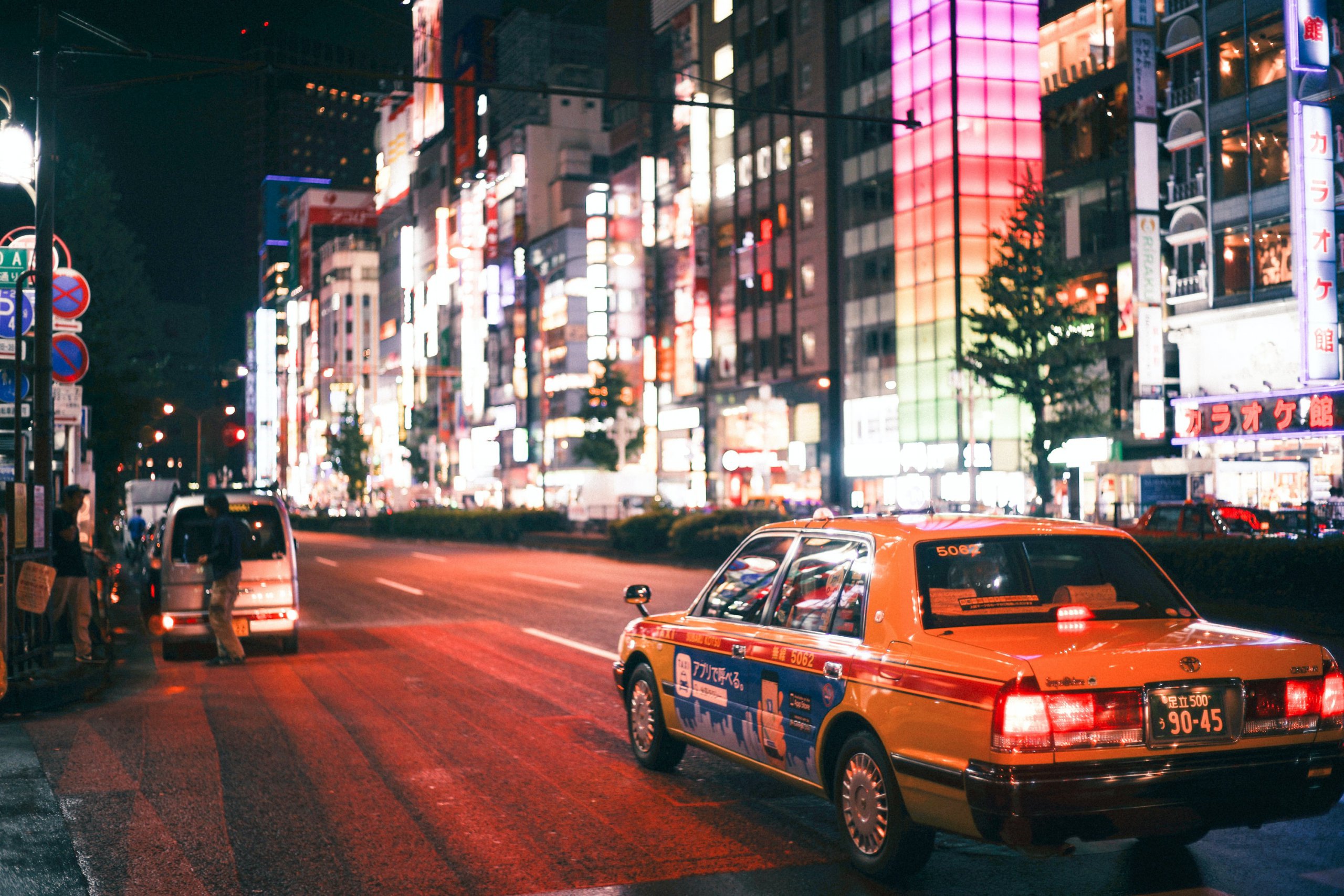If you know some tips to save some money, you can actually travel cheap in Japan. You may think traveling to Japan would be very expensive, but it is more affordable than you think. Here we introduce how to travel cheap in Japan!
1. Travel season
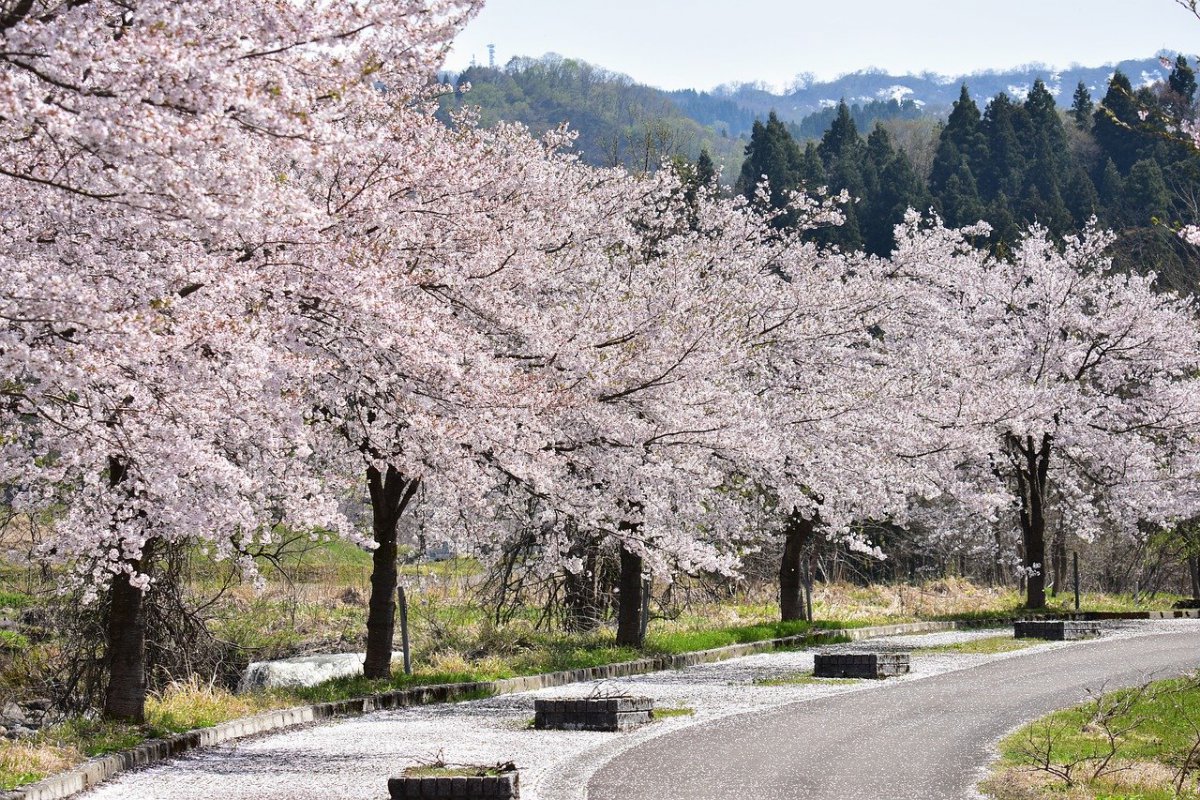

Peak seasons for Japanese travelers (which means peak hotel rates) are usually cherry blossom season from late March to early April, and autumn foliage season from mid-November to early December. Japanese holidays such as Golden Week (usually from late April to early May), Obon (mid-August) are considered as peak season for domestic travelers as well. In this period, hotel prices, entrance prices etc. tend to be higher.
Off-season in Japan is from late autumn through early March except for the New Year’s holiday season, and from late May to early July. Please note, however, that June to early July in Japan is normally a rainy season (tsuyu). You can still enjoy your Japan trip during the rainy season since there are many indoor activities and actually, in Tokyo area, it rains more in September to October due to the typhoon season. So it might not be a bad idea at all if you choose to travel in Japan in June to early July!
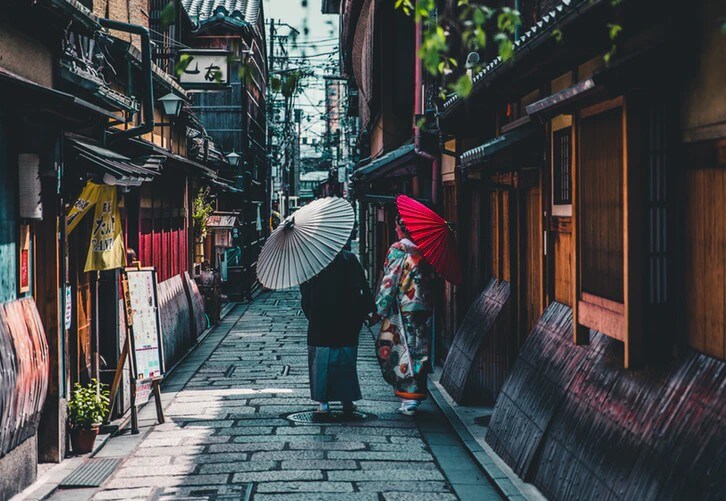
2. Getting around cheap
JR Pass
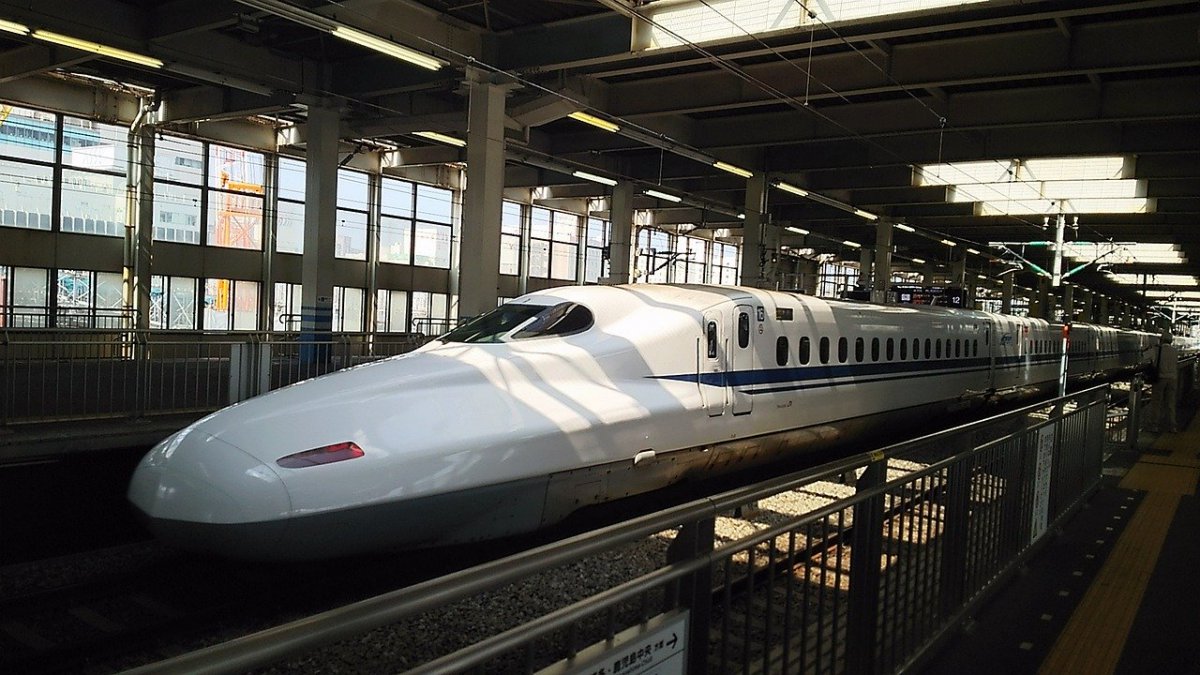
When you travel between cities in Japan, Shinkansen or “bullet train” operated by Japan Railway (JR) is the fastest and most convenient way to take. However, the prices of the Shinkansen can be very expensive.
One-, two-, or three-week JR Pass will pay off for long distance rail trips within Japan. One-week JR Pass is about ¥30,000 (US$276), two-week JR Pass is about ¥47,000 (US$440), and three-week JR Pass is about ¥60,000 (US$560). If you are planning to visit Tokyo, Kyoto, and Hiroshima, and come back to Tokyo, for example, the prices for Shinkansen non-reserved seats will be ¥13,320 (Toyo-Kyoto) + ¥9,450 (Kyoto-Hiroshima) + ¥18,910 (Hiroshima-Tokyo) = ¥41,680. The reserved seats are a little more expensive.
JR Pass is not only for Shinkansen. It can also be used to get around within the city, so you can save even more if you choose to use JR over metro or other private railway companies to explore the city.
So if you are planning to visit several cities in Japan, getting JR Pass is recommended. The best option is to purchase the JR Pass before you come to Japan and activate it upon arrival, this will be your cheapest option!

Buses
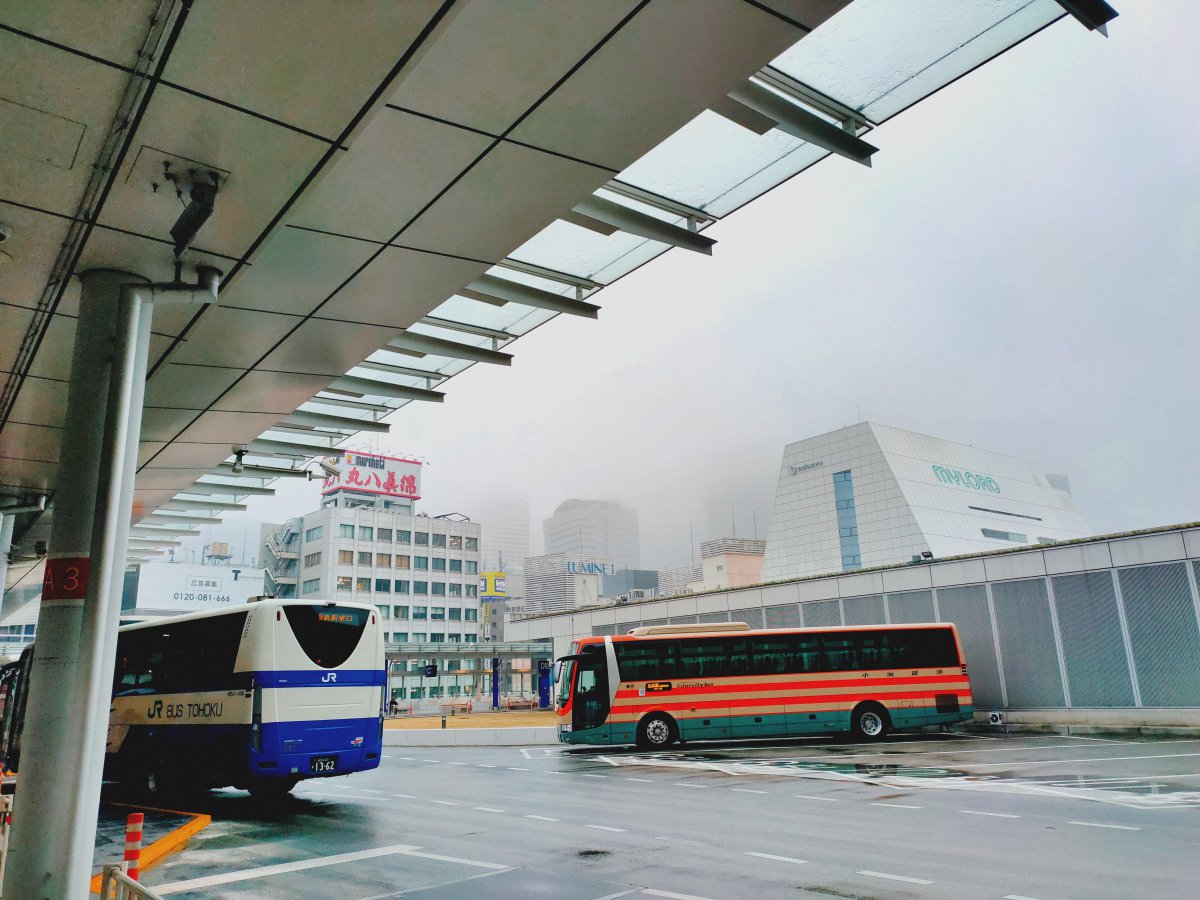
Alternatively (or in addition to JR pass), you may want to consider traveling by bus. It is usually cheaper to take a long distance bus than taking trains, and buses may cover the areas where JR trains are not available.
For example, between Narita Airport and central Tokyo, there is the Narita Express train that connects Narita Airport and major cities in and around Tokyo, and is served by JR. However the JR Pass in not available for Narita Express train. Therefore, we recommend you to take a bus. From Narita Airport to Tokyo Station, Narita Express takes you in 80 minutes with ¥3,070, while the Airport Bus TYO-NRT takes you in about 65 minutes with ¥1,000.
▶How to Get to Narita Airport
Many bus companies exist in Japan, and most such as Willer Express offers 3, 5, and 7-day bus passes priced from ¥10,000 to¥15,000. You can choose any 3, 5, or 7 days non-consecutively within two months.
The long distance buses are clean, quiet, safe, and comfortable with reclining seats. You can save a night accommodation if you take overnight bus routes. Some overnight buses are equipped with a pull-over head blind or curtains between the seat next to yours to block out light.
Transit pass

Many transit companies in Japan offer transit passes with which you can save fair amount of money when you are exploring the area. For example, in Tokyo, you can get Tokyo Metro 24-Hour Pass (¥600), Tokyo Metro and Toei Subway One Day Pass (¥900), and Tokyo Free Pass (¥1,600) which allows you free access to Tokyo Metro, Toei Subway, Toei Bus, and JR within 23 wards in Tokyo within 24 hours. These passes can be purchased at ticket vending machines in the train stations. Read more details on the official site of Tokyo Subway Tickets
3. Eating cheap
Fast food
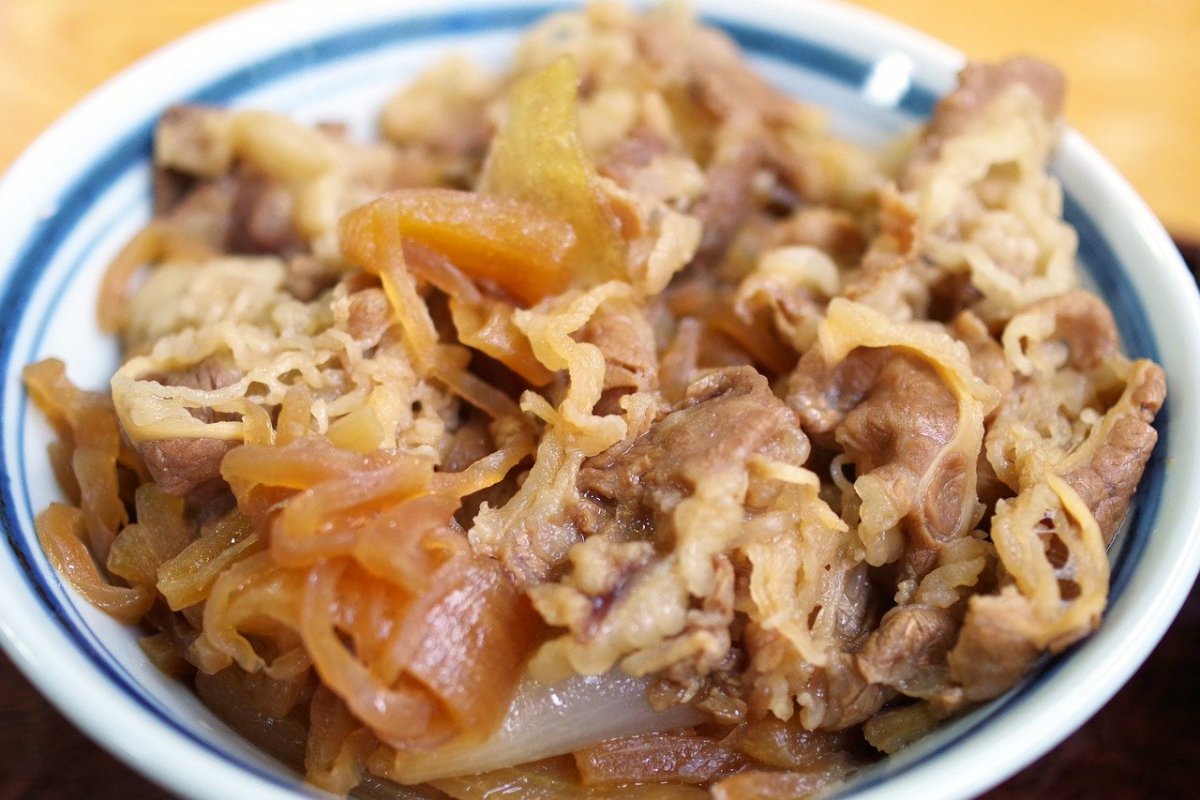
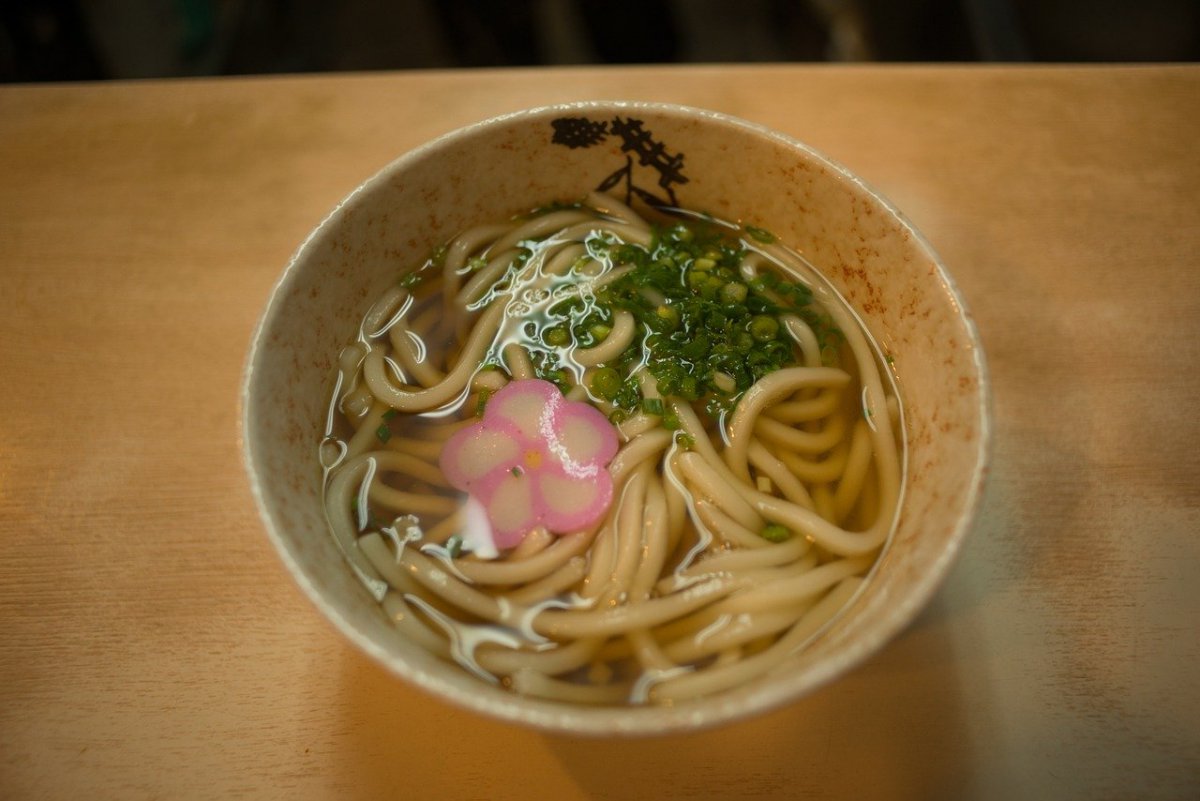
Fast food in Japan is not all about deep-fried, highly processed foods. You can find fast food restaurants serving steaming bowls of rice with savory meats, freshly boiled udon or soba noodles with variety of toppings, and a plate of Japanese curry rice which is one of Japanese soul foods.
Although there are worldly renowned fast food restaurants such as McDonalds, Burger King, and KFC all over Japan, you can also find Japanese fast food chain restaurants with affordable prices. Matsuya, Sukiya, and Yoshinoya serve Japanese style breakfast, rice bowls with meat or fish, Japanese curry rice, and set menu with rice, miso soup and main dish. The price of a rice bowl with savory meat, called “gyudon” in these restaurants is around ¥350. CocoCurry House Ichibanya serves Japanese curry rice, and its pork curry costs ¥500. Marugame Seimen and Hanamaru Udon are udon noodle fast food restaurants. The prices of their menu range from around ¥300 to ¥900. Some of these restaurants open 24 hours.
In many train stations, on the platform or near the ticket gate, you are likely to find soba and udon noodle shops, and they are often stand-up shops. These noodle shops are for those people who want to eat quickly and inexpensively before getting on the train.
In some fast food restaurants, you have to select and pay for your meal at a vending machine at the entrance of the restaurants, and bring the ticket to the staff. Not only the fast food restaurants, you can get lunch with a cheaper price on weekdays at many places.
Take-away meals at grocery stores and convenience stores
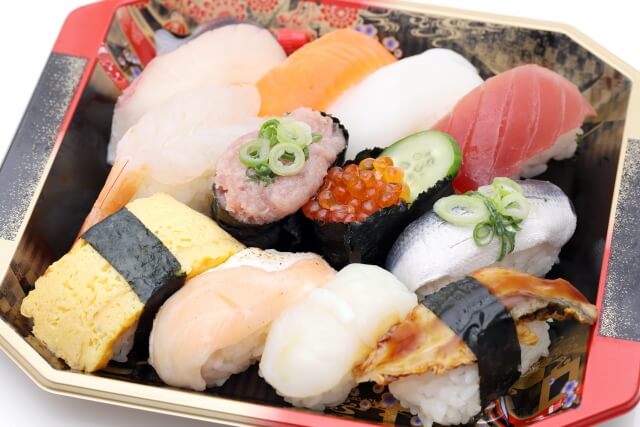

Cheap and fresh bento boxes, noodles, rice balls, sandwiches are other options available at Japanese grocery stores and convenience stores. They are great for picnics, hikes, and of course, eating at home/hotel. The prices range from ¥150 to ¥500.
Kaiten Zushi (Conveyor belt sushi)
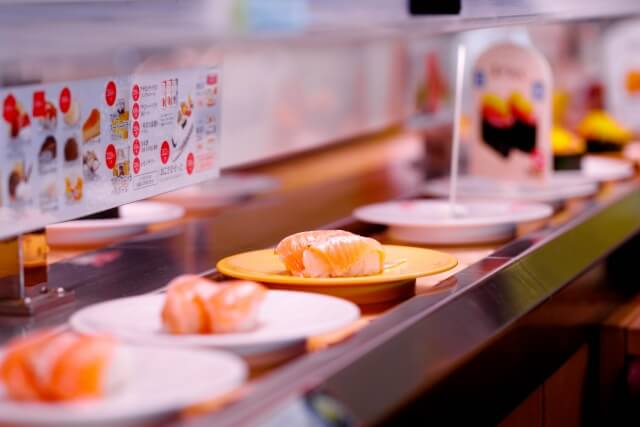
You can taste one of the most popular Japanese food in the world and experience Japanese unique dining culture with affordable prices. Sushi-go-round, conveyor belt sushi, or “kaiten zushi” can be a great way to dine affordably in Japan. This kind of sushi shop such as Sushi Ro or Kura Zushi serves a plate of sushi from ¥100. The plates are color-coded by price. Sushi Ro serves not only sushi but also miso soups, fried chicken, fried potatoes, tempura, salad, udon noodles, ramen noodles, and Japanese desserts.
4. Staying cheap

Airbnb
When you are staying in Japan for a few days or weeks, accommodation cost can make a big difference. You can save significant amount of expense if you find a place to stay with Airbnb. Airbnb offers many affordable apartments right in popular cities such as Tokyo, Kyoto, and Osaka where the hotels are usually more expensive than other areas, and can provide more local feeling experience than staying in a hotel.
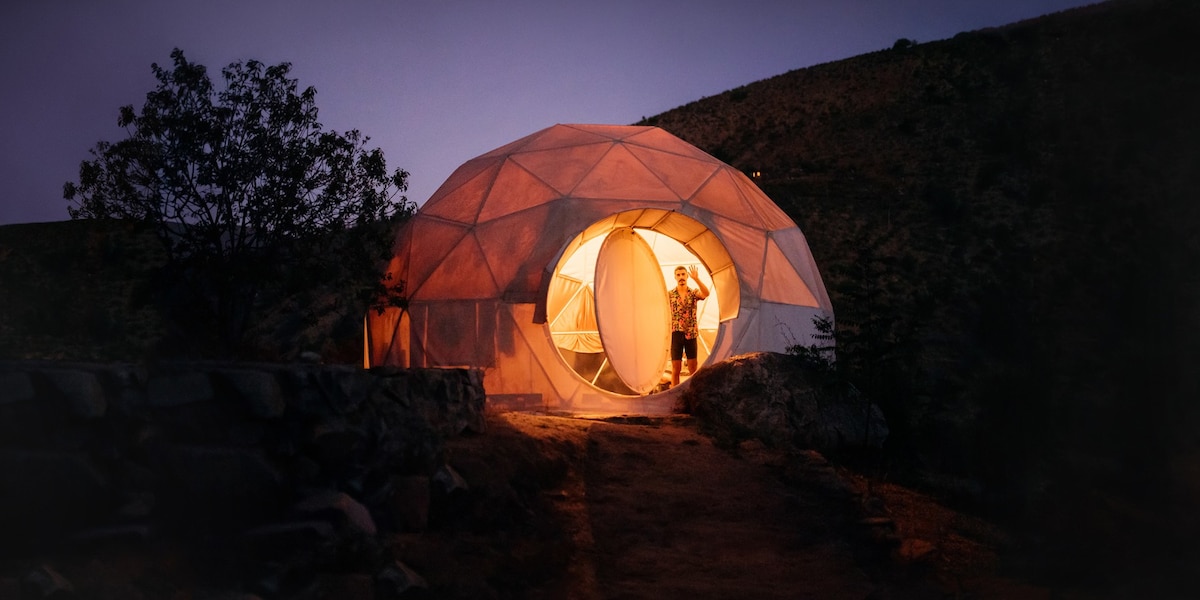
Business Hotels
Business hotels can be found readily across Japan, providing economical and no-frills accommodation to travelers. They usually offer single- or double-occupancy rooms under ¥12,000/night. The rooms are relatively small but clean and equipped with a bed, desk, television, refrigerator, air conditioner, a bath with a shower unit over a bathtub, and an electronic kettle with complimentary green tea bags. WiFi is usually included and many have on-site laundry facilities.
Some famous business hotel chains include Route Inn, APA Hotel, Super Hotel, Dormy Inn. Many of them are located conveniently close to railway stations or highway exits.
Hostel / Guest House
Stay at a hostel or guest house will be a good option for your stay. It is more welcoming and friendly atmosphere with a modern and stylish designed decor. If you want to have an opportunity to meet locals and other travelers and enjoy interacting with others, choose a couple of nights to stay at the hostel or guest house!
Our recommended place to stay;
CITAN hostel
Book And Bed Tokyo Asakusa
Sakura House
5. Explore cheap

If you plan on visiting several museums and art galleries in the Tokyo region, the Grutt Pass is a well worth purchase for savings. For only ¥2,200, you can get free admission and/or discounts to 99 facilities: 82 museums, 3 zoos, an aquarium, and 13 gardens. Some of the popular facilities which the Grutt Pass provides the admission include Ueno Zoo, Sankeien Garden, Edo Tokyo Museum, and National Museum of Emerging Science and Innovation (Miraikan), and the discount for the National Museum of Nature and Science, Tokyo National Museum, and National Museum of Modern Art, Tokyo.
6. Shop cheap
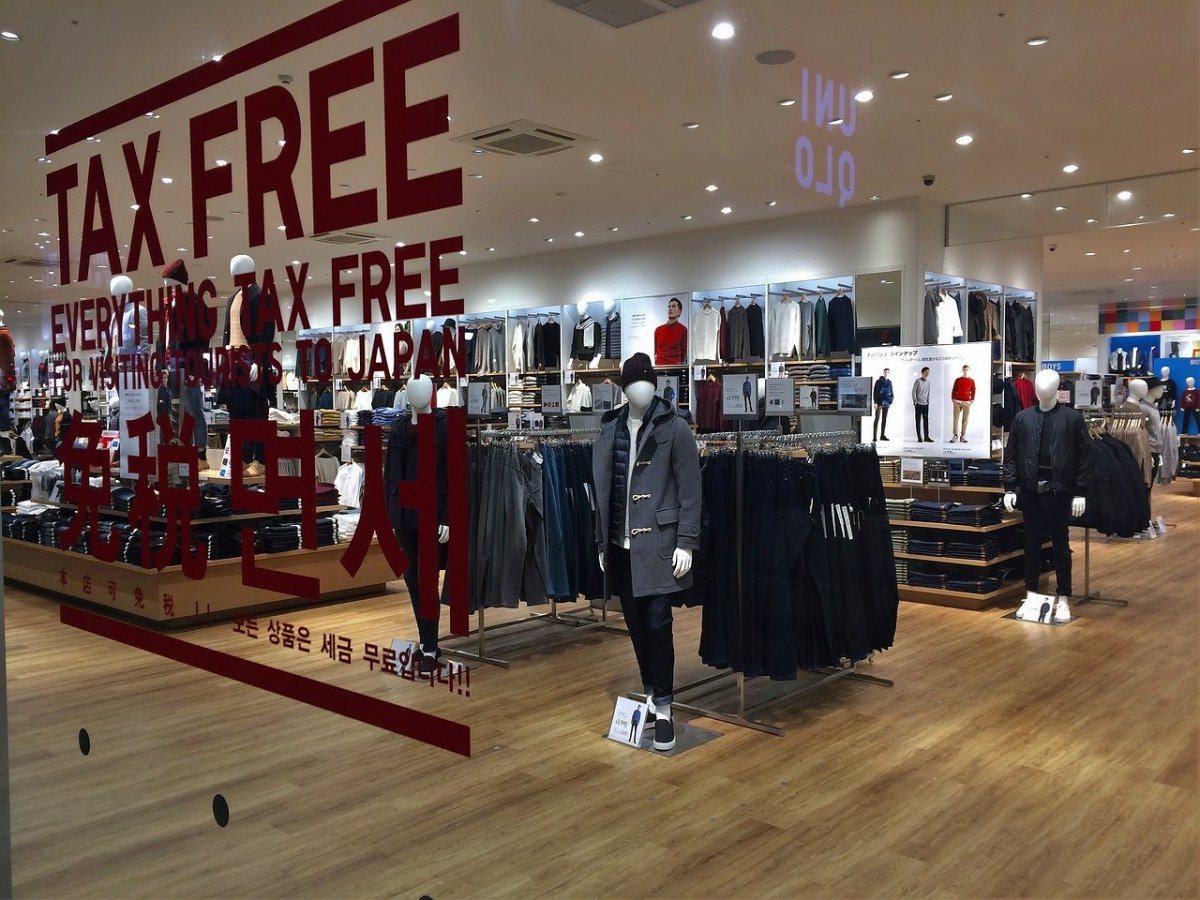
Tax-free
Many department stores and other shops can waive Japan’s 10 percent sales tax for visitors from overseas. Do not forget to bring your passport with you. As you explore Tokyo, you may find many stores with tax-free signs at the entrance especially some chain pharmacy such as Matsumoto Kiyoshi, Tsuruha Drug, and Drug Seims. Popular gift shops such as Donguri Kyowakoku which is an official store for Ghibli movies, and Kiddyland which is a toy and character goods mecca also waive the tax.
100 yen shop
100 yen shops in Japan are great place to look for gifts for your family, friends, coworkers, and yourself. They offer daily necessities, designer stationery, and all kinds of products for only ¥100 (often before tax). Usually the quality and designs of the products are surprisingly good for their prices and there are some useful and innovative goods. Three popular 100 yen shops in Japan are Daiso, Can Do, and Seria.
Japan Wonder Travel Tours
Japan Wonder Travel is a travel agency that offers guided tours throughout Japan.
From private walking tours to delicious Food and Drink tours, we can help you organize the best tours just for you! If you want to explore Japan and learn more about the history and backstories of each area you are visiting, our knowledgeable and friendly English speaking guides will happily take you to the best spots!
In addition, we can provide you with any assistance you may need for your upcoming trip to Japan, so please feel free to contact us if yu have any questions or need some help!
▶Tokyo Tsukiji Fish Market Food and Drink Tour
Explore the most lively and popular fish market in Tokyo and try some of the local’s favorite street foods and sake with one of our friendly and knowledgeable English speaking guides!

▶Tokyo 1–Day Highlights Private Walking Tour (8 Hours)
There’s no better way to explore an area than taking a tour with a knowledgeable local guide. You will have the chance to learn about the history and interesting background stories of Tokyo, as well as discover some hidden gems which can be hard to do without a guide.
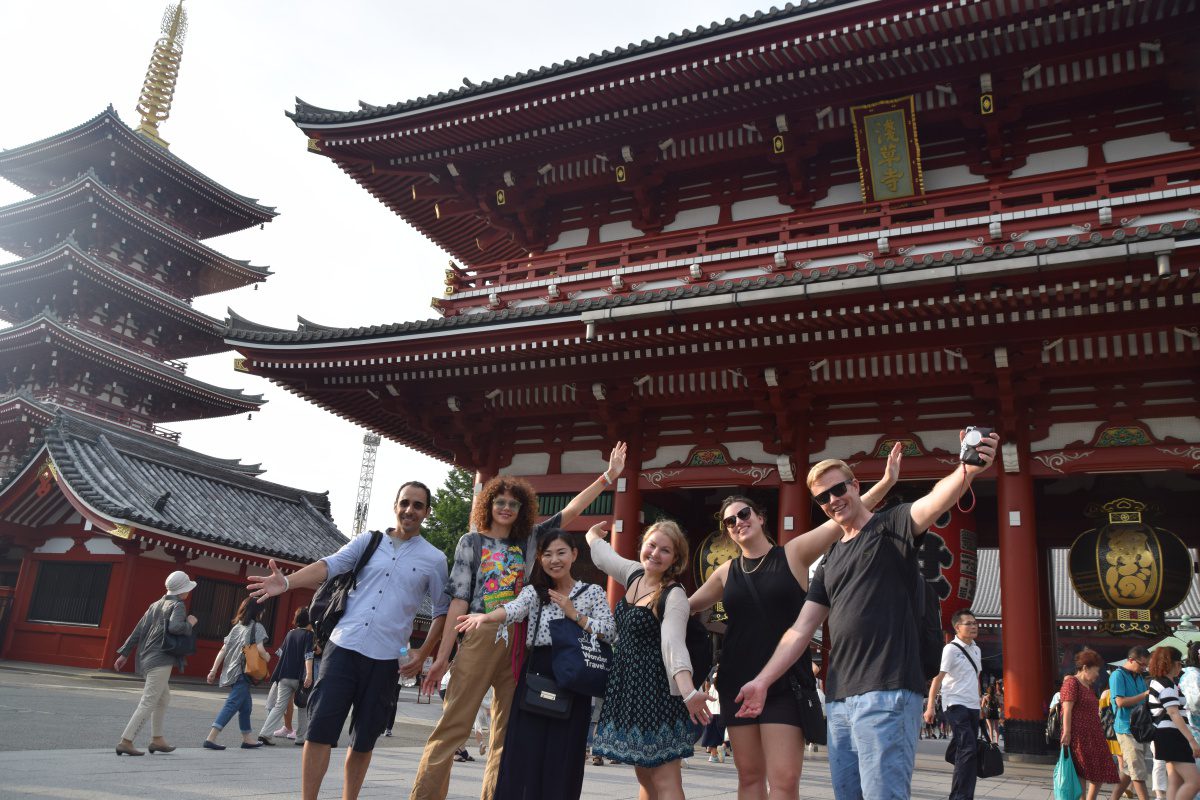
▶Mt. Fuji Day Trip Bus Tour from Tokyo
Experience the breathtaking views of Mt. Fuji by visiting the highlights of the area on our guided sightseeing bus tour! Departing from Shinjuku in central Tokyo, you can travel comfortably to all of the best spots in the area by bus.
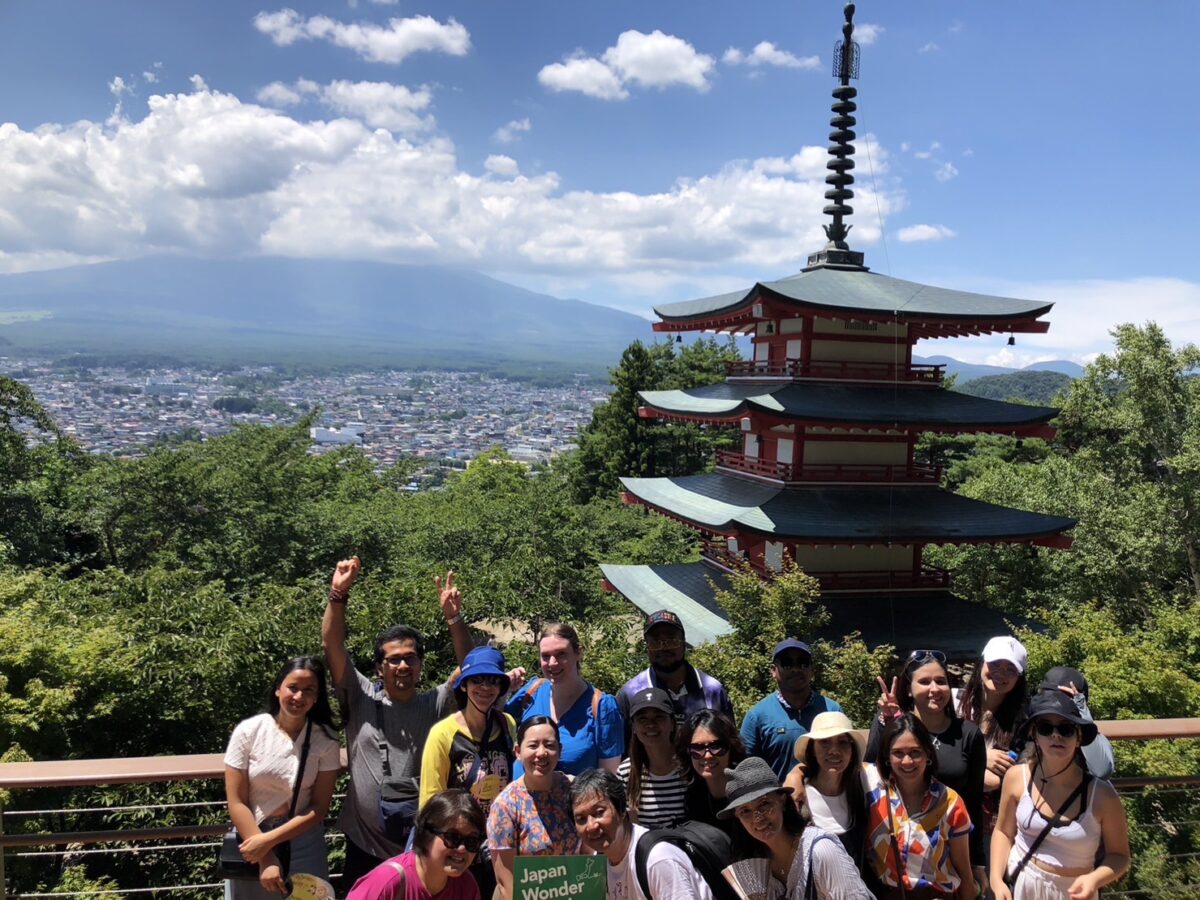
How did you think about our tips for traveling cheap to Japan? There are many ways to save your travel expenses and we hope this article helps you to travel Japan under budget!
Follow us on Instagram or Facebook for more travel inspiration. Or tag us to get featured!
Happy travelling!
Read more Japan tips




This post may contain some affiliate links. When you click through and make a purchase we may receive some commission, at no extra costs to you
